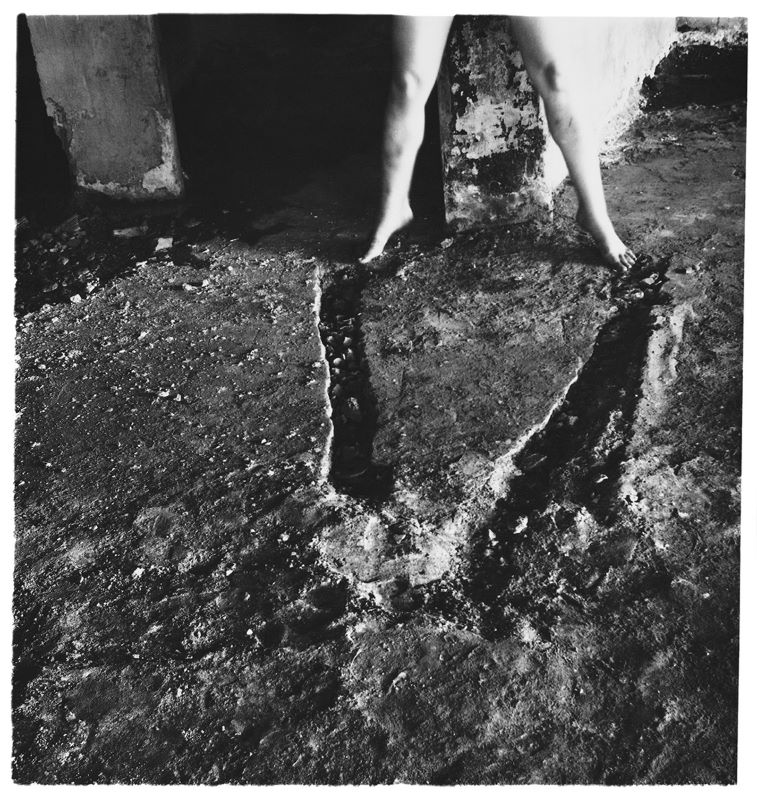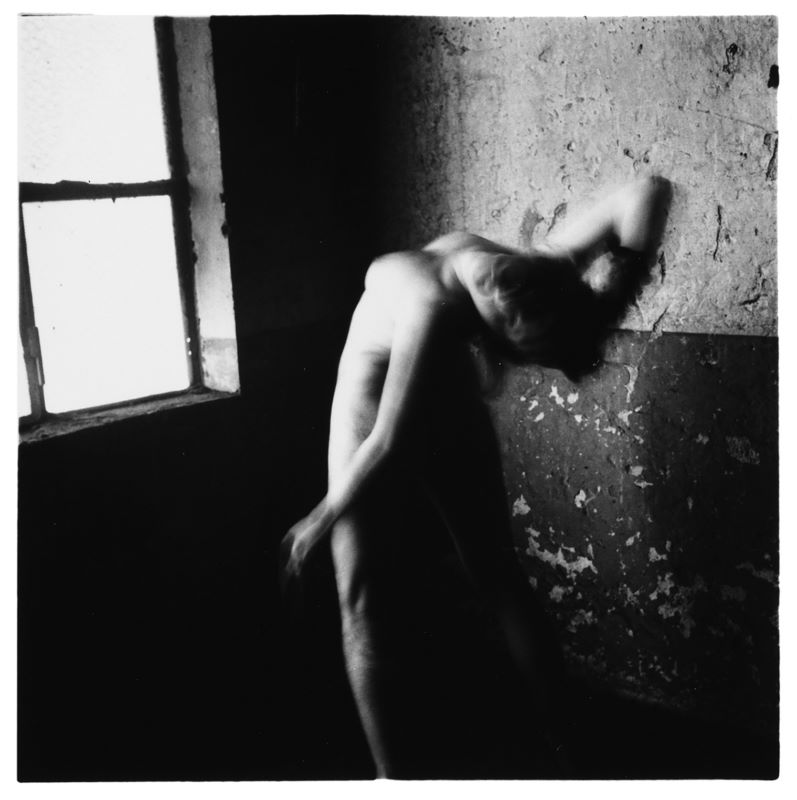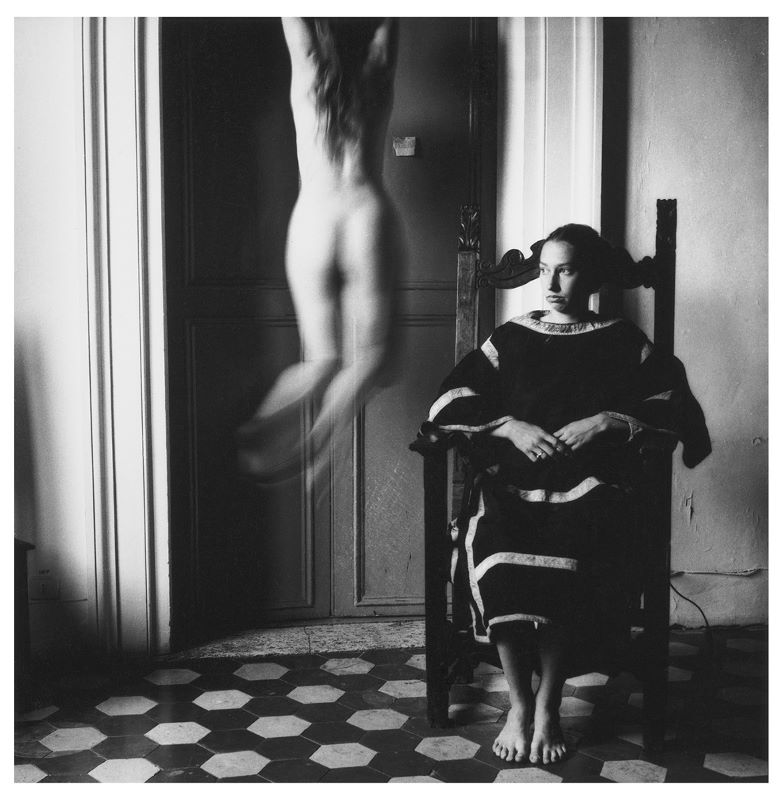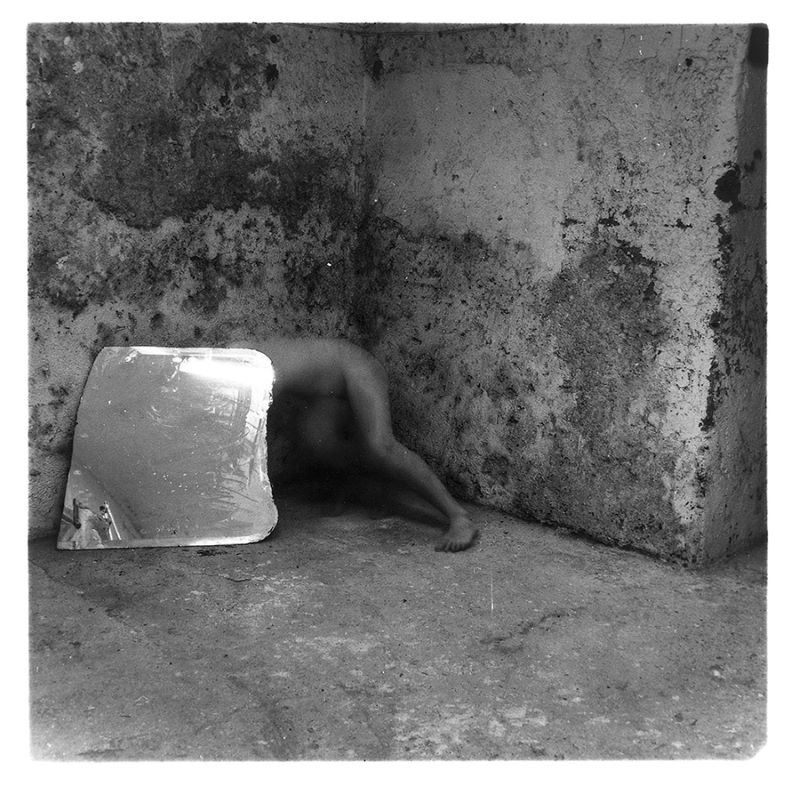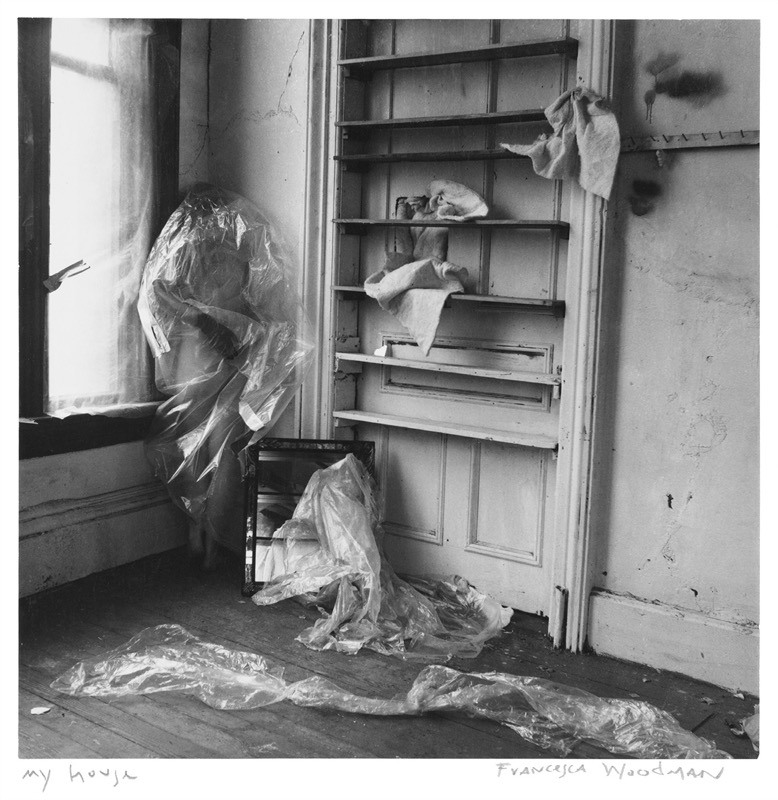Tags:
Backstories

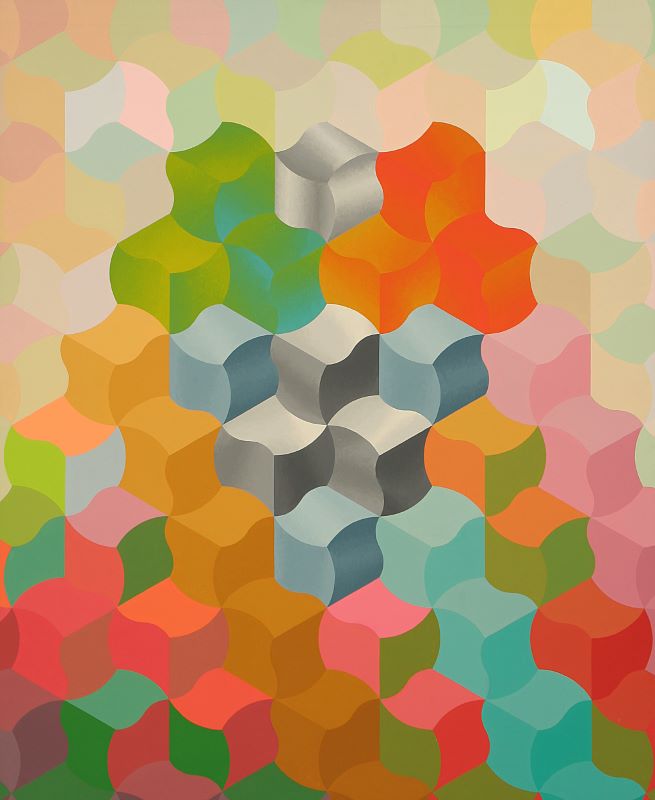
Pattern paintings made up of repeating forms can tend towards uniformity or sameness, but not so for George Woodman. Instead, he integrated color into his pattern systems as an equal to form rather than a subordinate, constructing compositions in which color steers and complicates the viewer’s perception.
Read More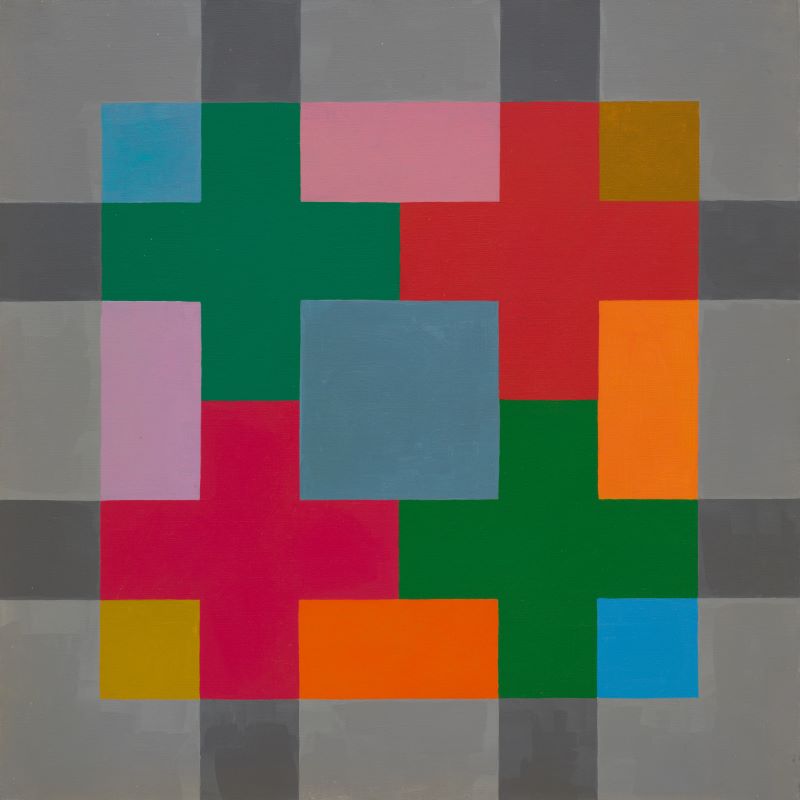
In her essay for the exhibition’s catalogue—“The Mind as it Measures: George Woodman’s Patterns”—curator Rebecca Skafsgaard Lowery discusses Woodman’s approach to pattern and color in the context of his contemporaries.
Read More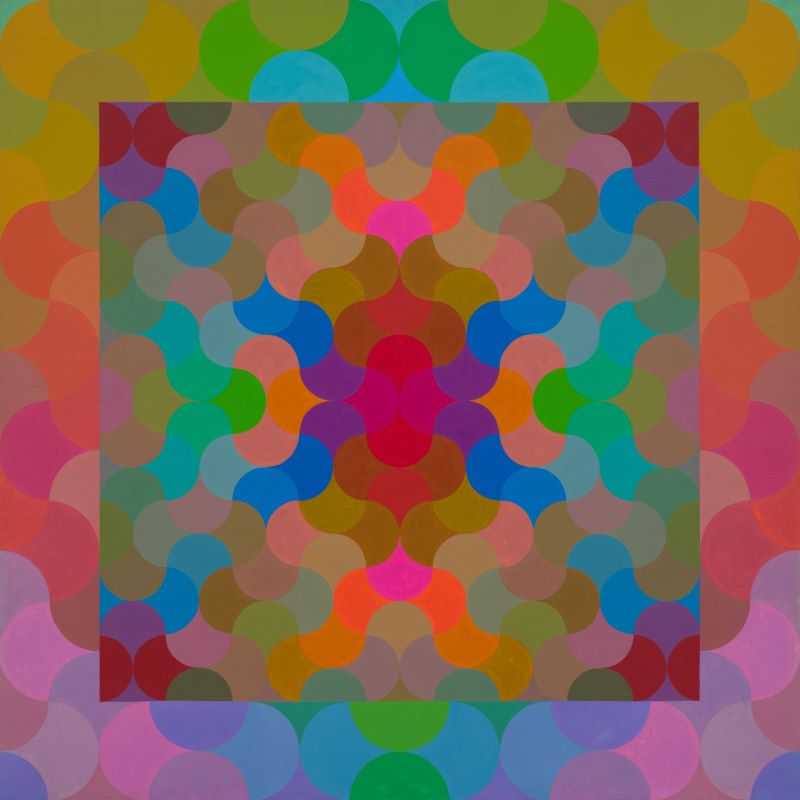
Focusing on geometric abstractions from a significant period within the artist's six-decade career, this exhibition traces the development of George Woodman's singular approach to pattern.
Read More
"Francesca Woodman and Julia Margaret Cameron: Portraits to Dream In" is currently on view in Spain through October 20.
Read MoreIt’s your last chance to see “Portraits to Dream In,” beautifully installed to recall the period from cool, blue dusk to warm, rosy dawn and reflect what curator Magdalene Keaney describes as “the dream space” shared by both Woodman's and Cameron’s photographs.
Read More
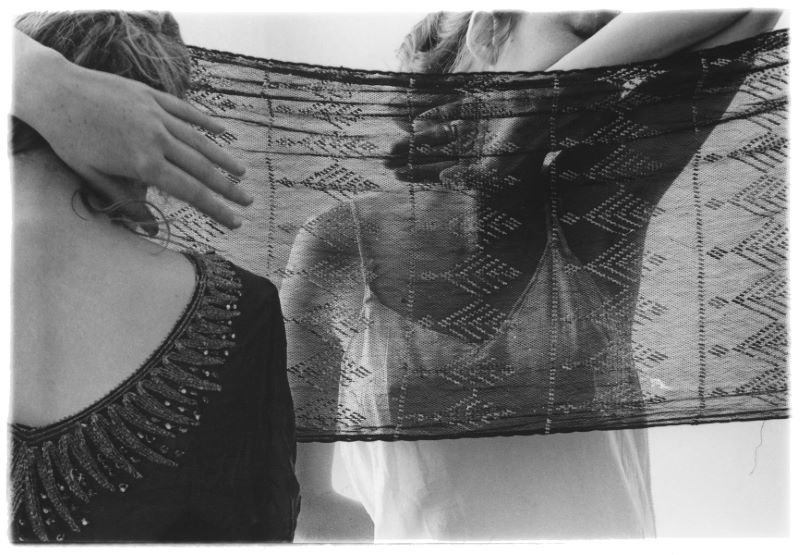
Francesca Woodman and Julia Margaret Cameron frequently used doubling in their photographs.
Read More
Julia Margaret Cameron is well-known for her portraits of others, often poetically staged allegories. While Francesca Woodman’s work is widely assumed to be self-portraiture, she, like Cameron, worked within a circle of friends and contemporaries who often posed for her.
Read More
Among the parallels between Francesca Woodman’s and Julia Margaret Cameron’s practices explored in “Portraits to Dream In” are their photographs of men.
Read More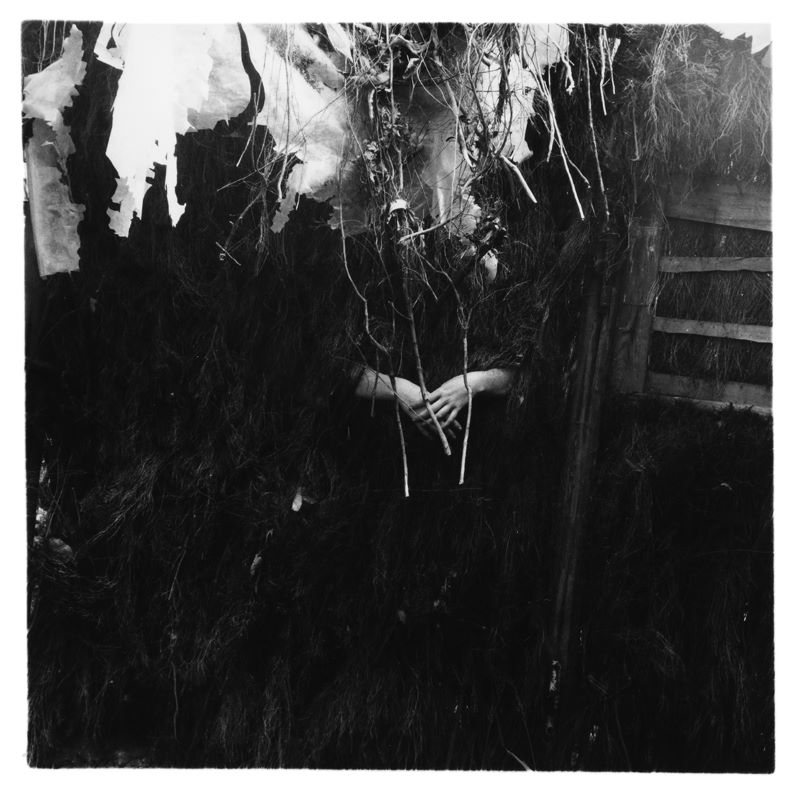
Although both Francesca Woodman and Julia Margaret Cameron are well-known for the portraits they made indoors—in studios converted from domestic or industrial spaces—each artist significantly explored the female subject in nature.
Read More.png)

In “Portraits to Dream In,” Francesca Woodman’s and Julia Margaret Cameron’s photographs are paired not based on chronology or art historical influence, but rather with an eye to ways that considering the work of these two artists side by side allows for new readings of each of their work and intentions.
Read More
“In diverse cultural histories over millennia, angels have had the capacity to move between spiritual and earthly realms, the conscious and unconscious, and are often met in a dream or vision,” exhibition curator Magdalene Keaney writes in the catalogue for “Francesca Woodman and Julia Margaret Cameron: Portraits to Dream In.”
Read More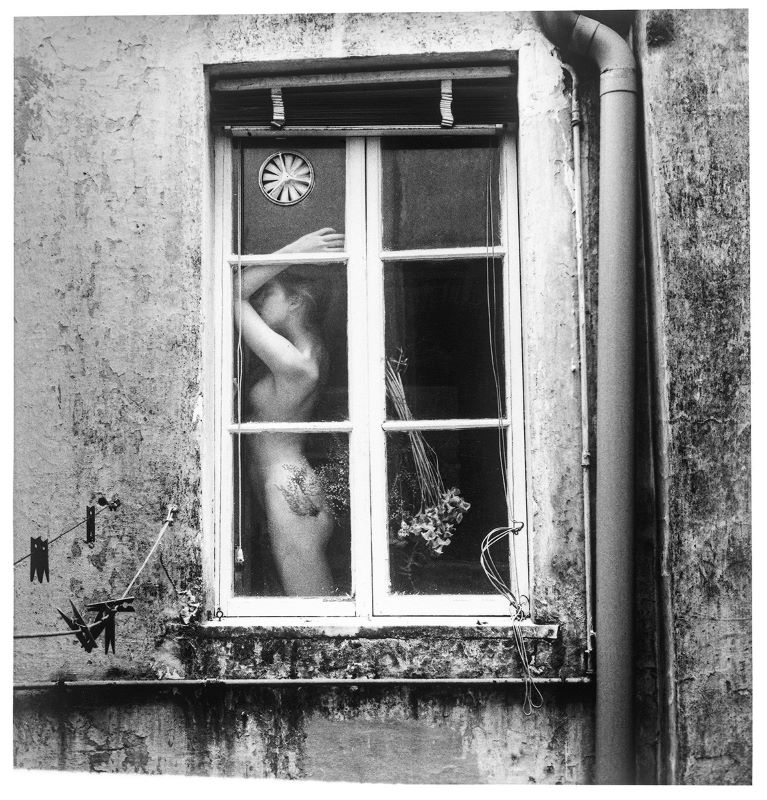
As Gagosian’s inaugural exhibition of Francesca Woodman comes to a close on April 27th, this week is the last chance to see the exhibition.
Read More

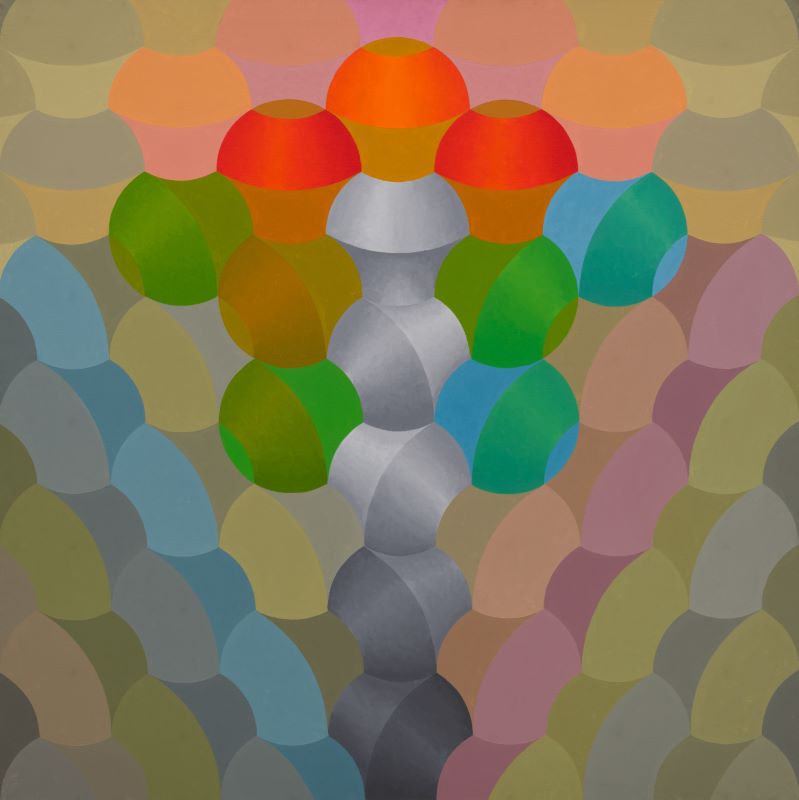
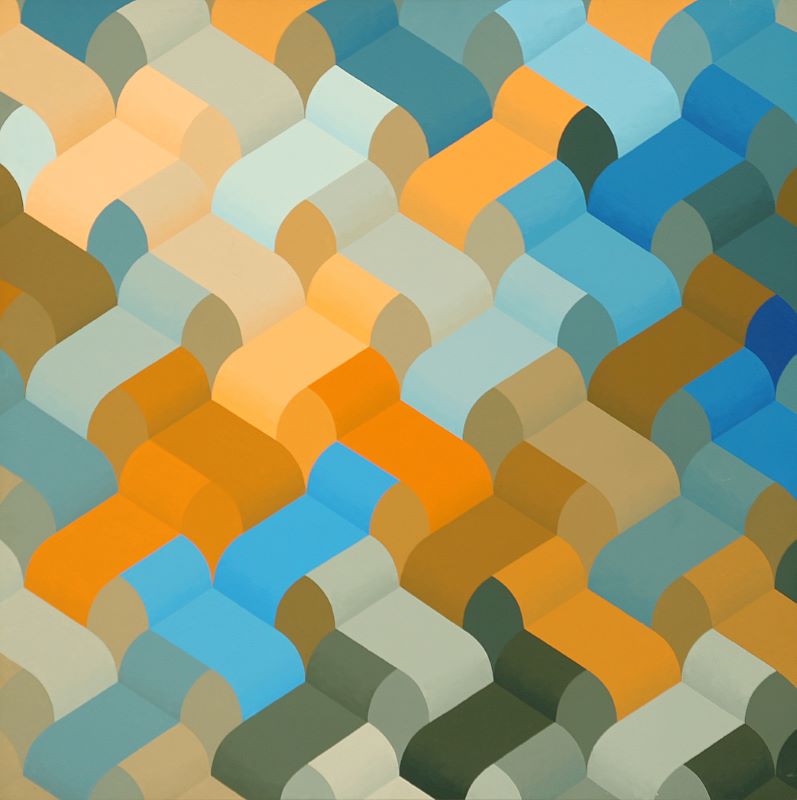


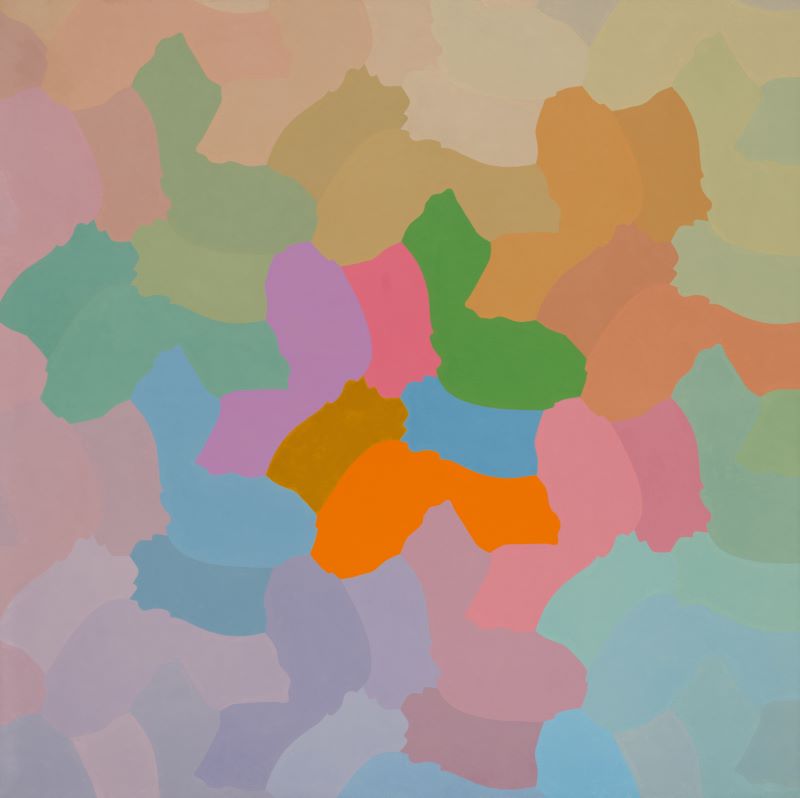




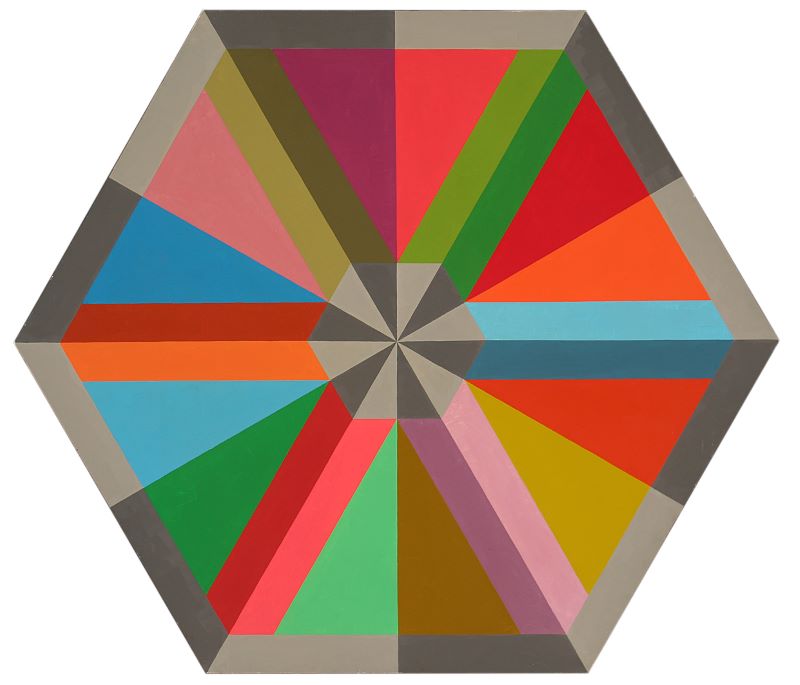
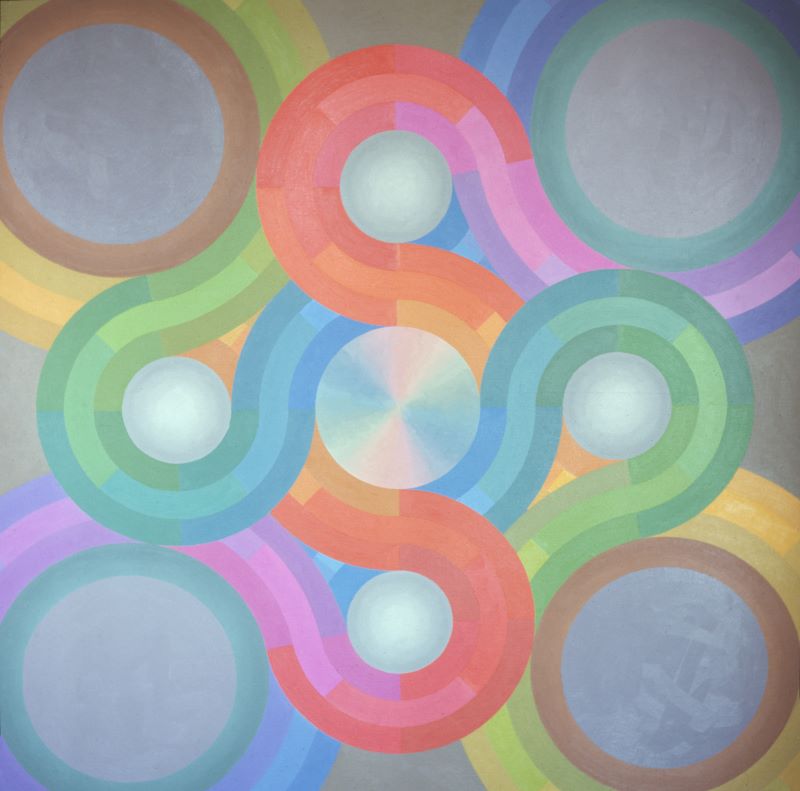









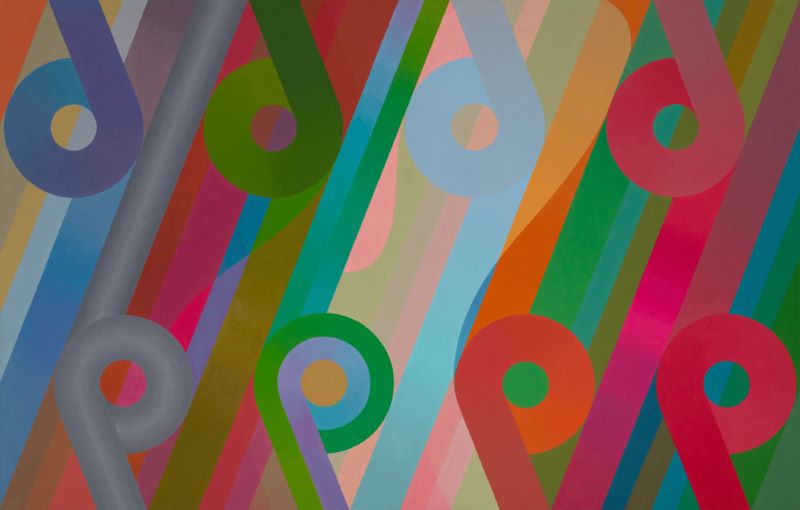

























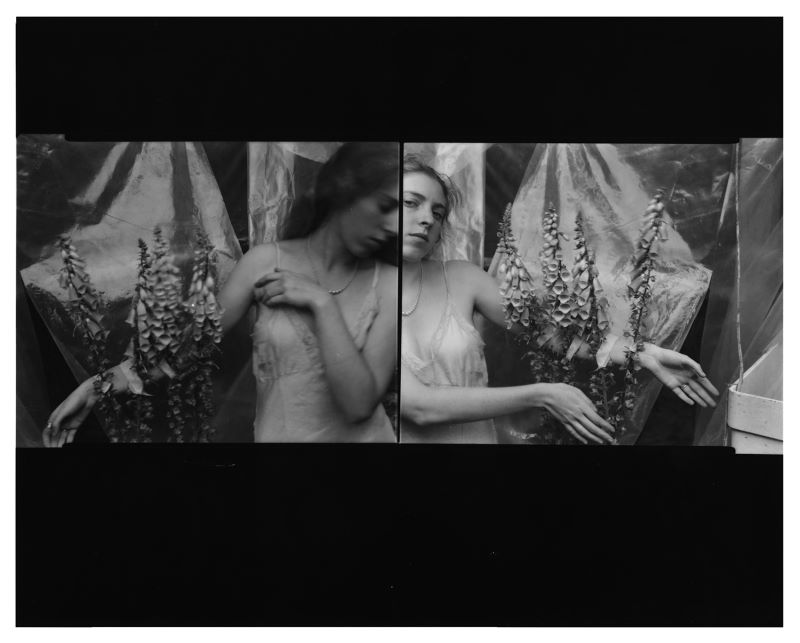

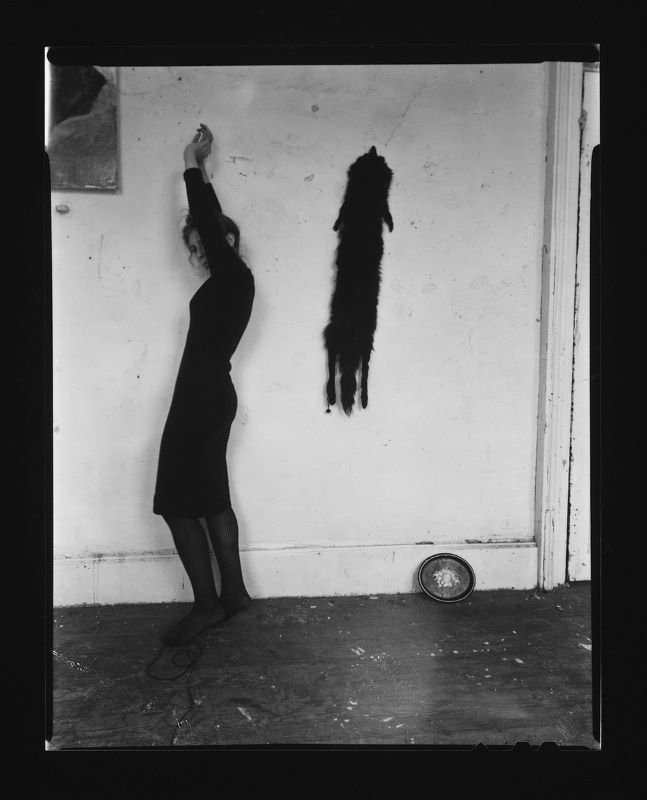



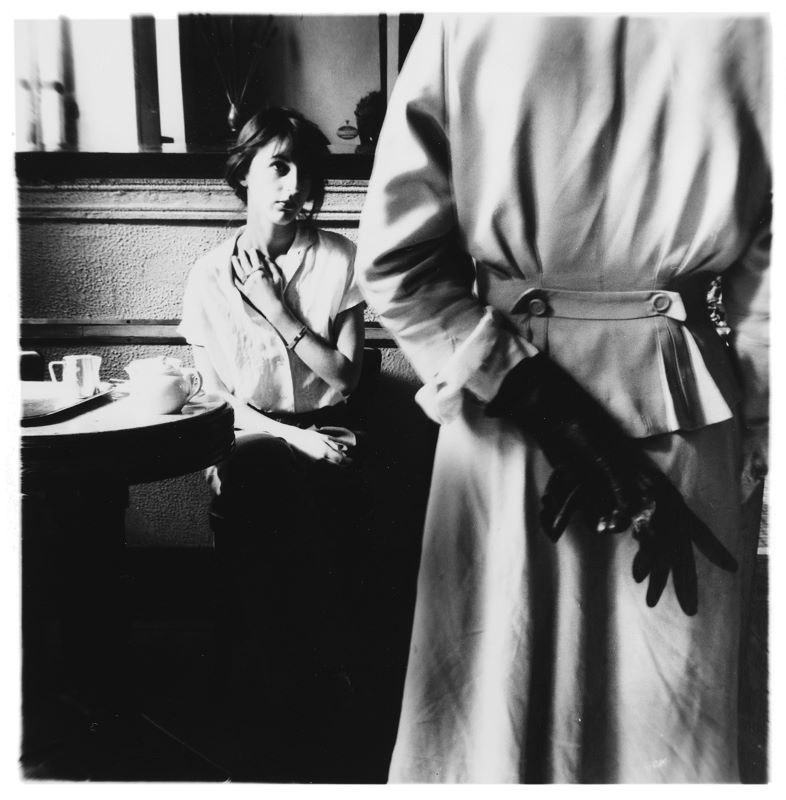


















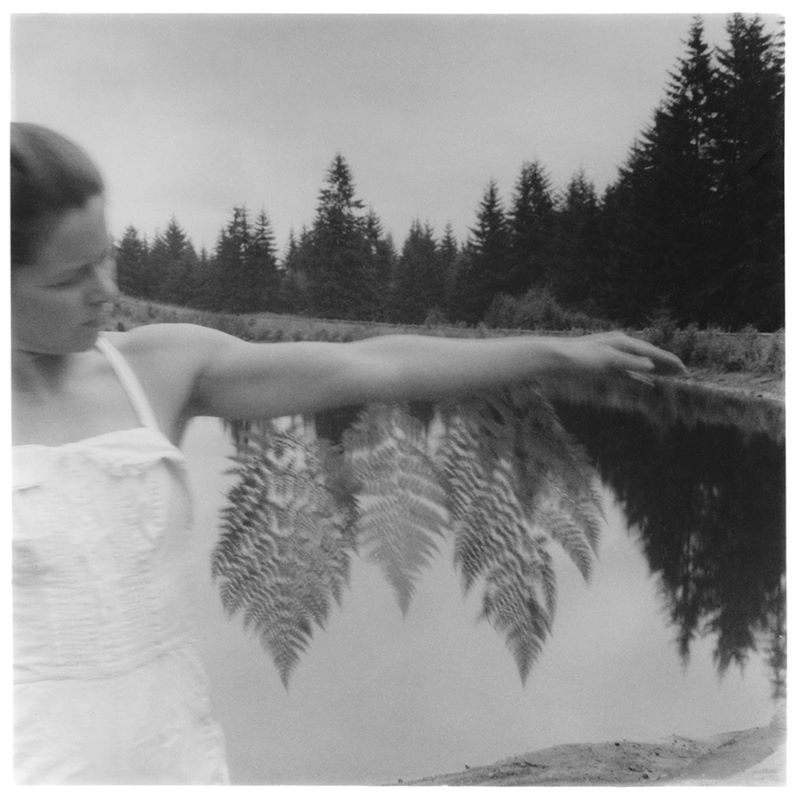
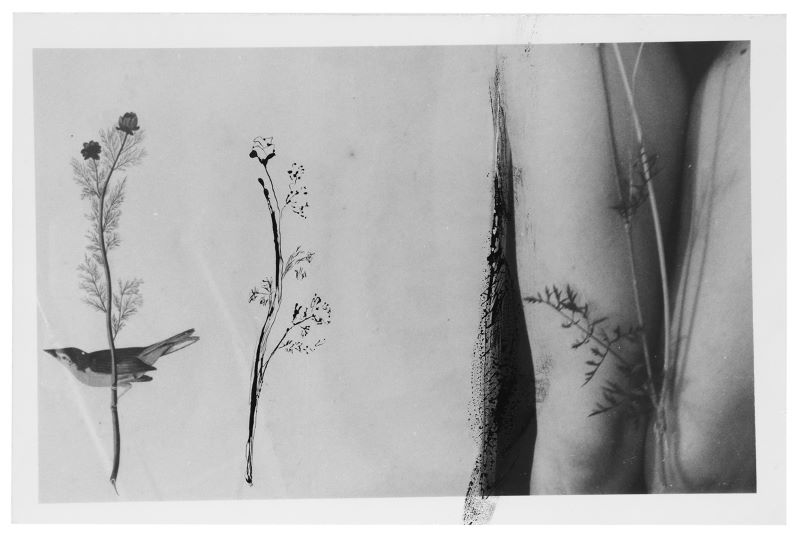








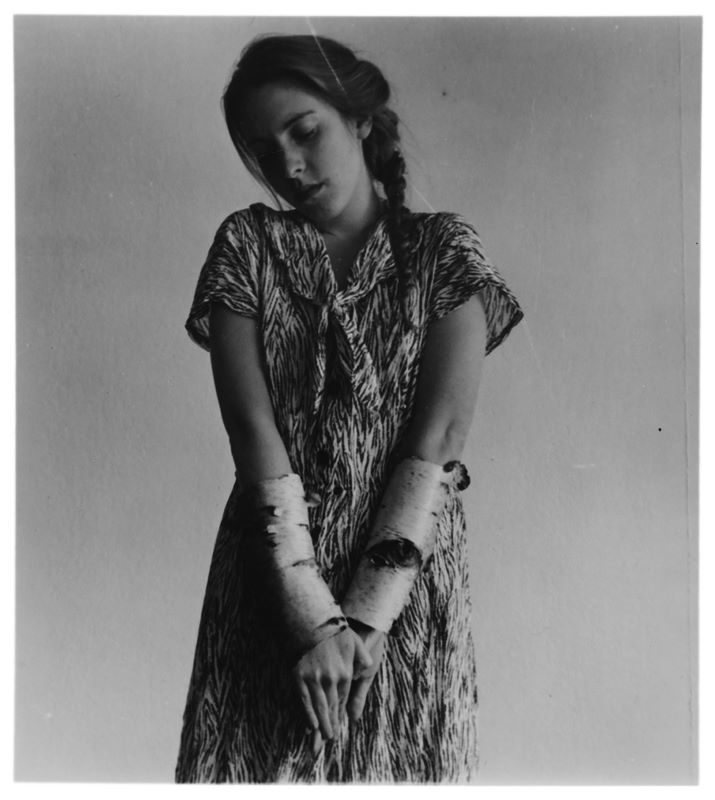

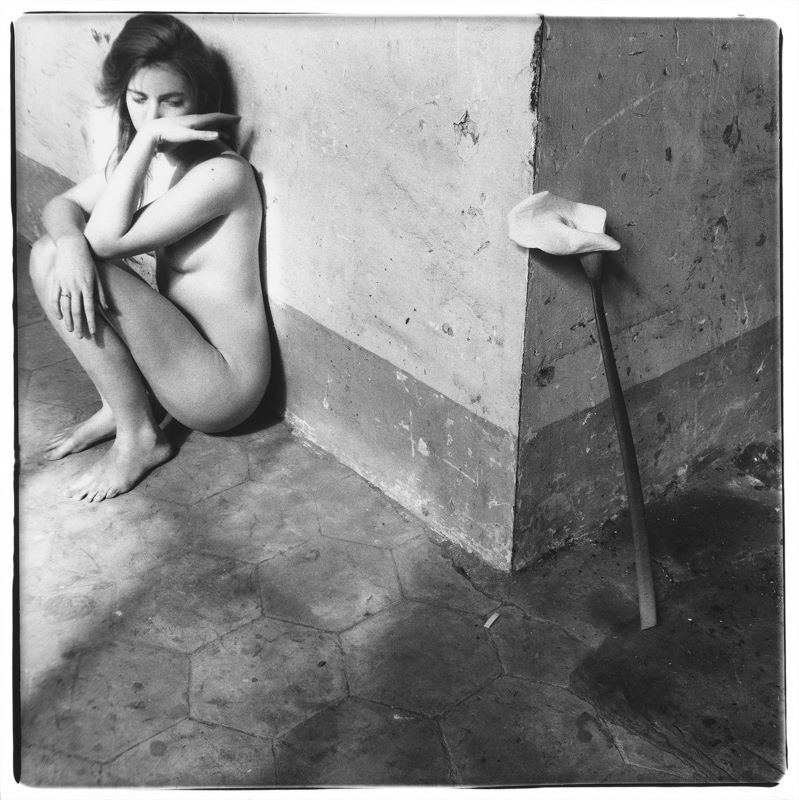

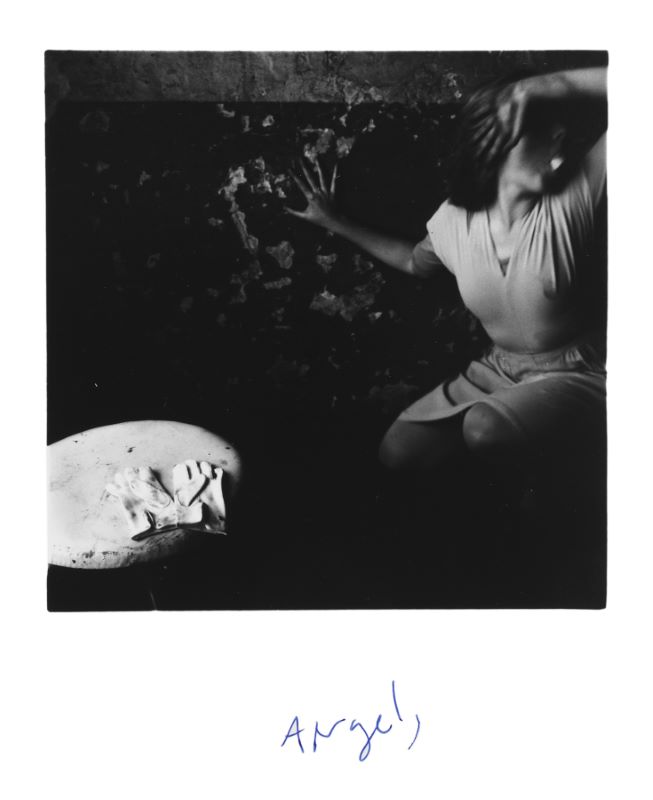




_RH.jpg)


